Snowboarding combines speed, style, and skill for an adrenaline-filled ride down the slopes. This guide covers essential tricks, gear tips, and safety advice to help you level up your performance this season.
Snowboarding offers thrill-seekers an exhilarating mix of speed, skill, and style. Mastering new tricks enhances your performance and boosts your confidence on the slopes. Start with foundational tricks like the Ollie, which helps you get airborne, or the 180s, which involves spinning mid-air.
For a stylish touch, try the Nose Grab, where you grab the front of your board in the air. These tricks are achievable with practice and can make your snowboarding sessions more exciting. Enjoy the learning process; soon, you'll impress friends and fellow snowboarders.
Basic stance
Start with nailing the Basic Stance. Your stance forms the foundation of all your moves. By mastering it, you'll glide smoothly and execute tricks with precision. This guide dives into understanding your stance and finding the perfect balance on your board.
Regular vs. goofy
First, you need to determine if you're a Regular or Goofy rider. This is essential as it affects your control and balance on the board.
Regular riders lead with their left foot forward, which is what most people naturally do. On the other hand, goofy riders place their right foot forward, which might feel awkward at first but is just as effective.
To find out which stance suits you, try the following methods:
- Push test: Stand still and ask a friend to gently push you from behind. The foot that steps forward to catch your balance is your lead foot.
- Slide test: Take a running start and slide on a smooth floor. The foot you naturally lead with is your stance.
- Stairs test: Observe which foot you naturally use to step up first.
Here's a quick comparison:
| Stance | Lead Foot |
|---|---|
| Regular | Left |
| Goofy | Right |
Once you determine your stance, practice standing on the board. Keep your knees slightly bent and shoulders relaxed. This position will be your go-to for all snowboarding tricks.
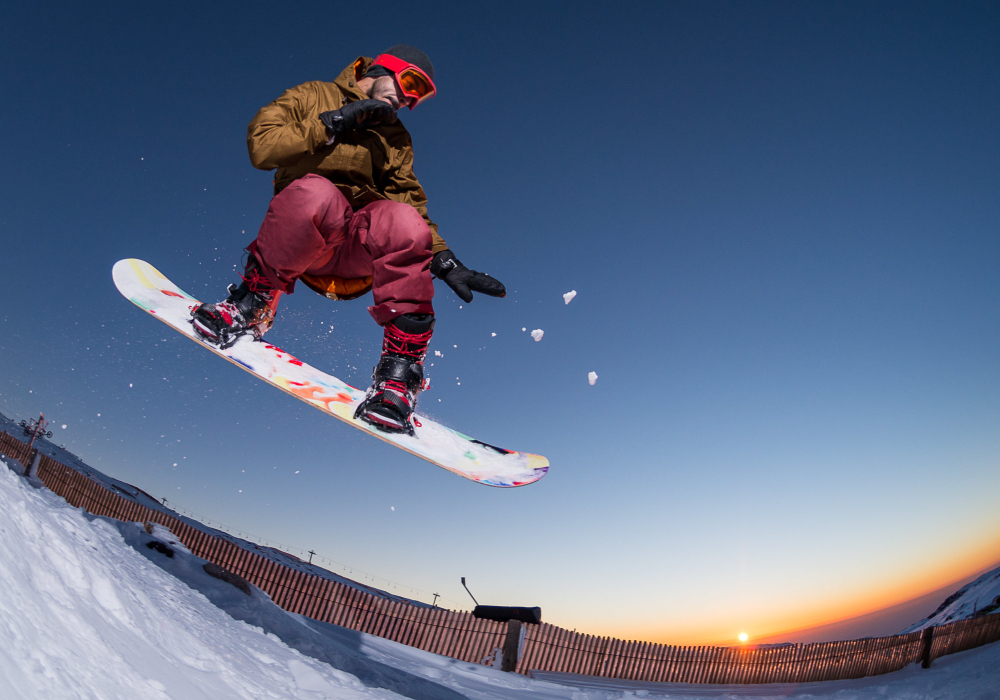
Finding your balance
Balance is crucial in snowboarding. Without it, tricks become harder and fall more frequently. Start by practicing on flat ground with your snowboard.
Follow these steps to find your balance:
- Stand on the board: Place it on a flat surface and step on it with both feet.
- Distribute weight evenly: Keep your weight centred over the board.
- Knees slightly bent: This helps absorb shocks and maintain control.
- Keep shoulders aligned: Your shoulders should be parallel to the board.
Practice shifting your weight from your toes to your heels. This movement is key to turning and stopping. Try these balance exercises:
- Toe-to-heel rock: Stand on the board and rock from toes to heels.
- One-foot balance: Lift one foot and balance on the other for a few seconds.
- Squats on the board: Do squats while keeping balance.
With time and practice, your balance will improve. A strong stance and balance will set you up for success in mastering snowboarding tricks this season.
Essential gear
Snowboarding tricks can be thrilling, but mastering them requires skill and the right gear. Understanding the essentials is crucial to ensuring you’re fully equipped this season. From choosing the perfect board to selecting the best bindings, having the right gear can significantly affect your performance and safety.
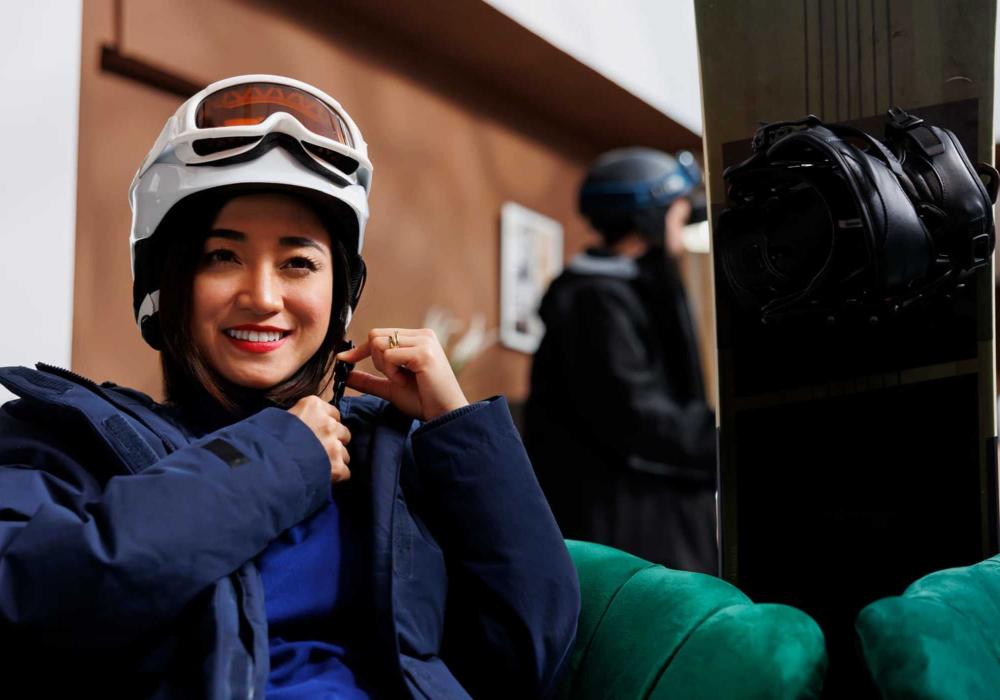
Choosing the right board
Choosing the right board is the first step to mastering snowboarding tricks. The type of board you select can impact your ride and ability to perform tricks. Here are some key factors to consider:
- Board length: Shorter boards are easier to maneuver and are ideal for tricks.
- Board flex: Softer flex boards are better for beginners and freestyle tricks.
- Camber profile: Different camber profiles offer various benefits; for tricks, a rocker or hybrid profile is often best.
| Type | Features | Best For |
|---|---|---|
| Freestyle Board | Shorter, softer flex, twin shape | Tricks and park riding |
| All-Mountain Board | Medium flex, directional shape | Versatile riding, including tricks |
| Freeride Board | Longer, stiffer flex, directional shape | High-speed and off-piste |
Remember, the right board will give you control and stability, helping you land those tricks smoothly.
Importance of bindings
Bindings are often overlooked but play a critical role in your performance. They connect you to the board and transfer your movements. Here’s why bindings matter:
- Flex rating: Softer bindings offer more flexibility for tricks and freestyle.
- Fit: Bindings must fit your boots snugly to provide control and responsiveness.
- Strap system: Look for bindings with comfortable and adjustable straps for better support.
Here’s a quick comparison of binding types:
| Type | Features | Best For |
|---|---|---|
| Strap-in bindings | Traditional, adjustable straps | All riders, especially beginners |
| Rear-entry bindings | Quick entry, rear opening | Riders who prioritize convenience |
| Step-on bindings | Boots click into place | Riders wanting fast setup |
Quality bindings ensure your movements are precisely transferred to the board, enhancing your ability to perform tricks efficiently.
Ollie technique
As you look to master some snowboarding tricks this season, the Ollie Technique is a fundamental move that every snowboarder should learn. It serves as the foundation for many advanced tricks and helps you easily navigate obstacles. Mastering the Ollie will boost your confidence and elevate your snowboarding skills to the next level.
Proper foot placement
Proper foot placement is essential for executing a successful Ollie. Your stance determines your balance and control. Follow these steps for the correct foot placement:
- Position your front foot near the center of the board, slightly angled.
- Place your back foot on the tail of the snowboard.
- Ensure both feet are shoulder-width apart for stability.
Here’s a quick table to help you visualize the foot placement:
| Foot | Position | Angle |
|---|---|---|
| Front foot | Center of the board | Slightly angled |
| Back foot | Tail of the snowboard | Flat |
Keep in mind the following tips:
- Stay relaxed: Tension can throw off your balance.
- Bend your knees: This gives you better control and helps in absorbing shocks.
- Distribute your weight evenly: Avoid leaning too much on one foot.
Proper foot placement sets the foundation for a perfect Ollie. Practice this stance until it feels natural.
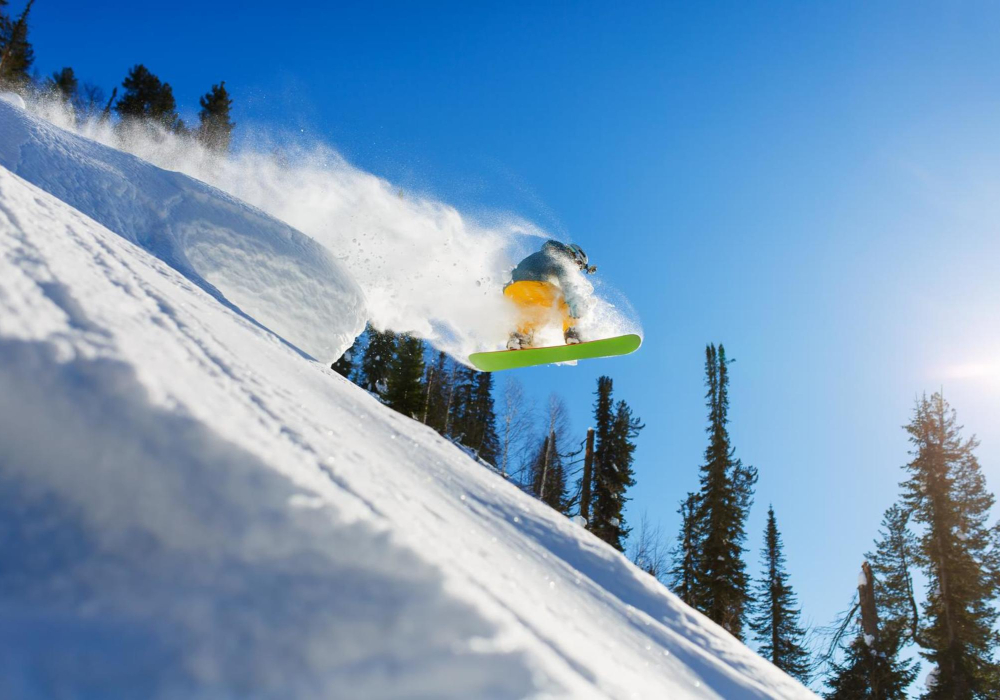
Timing the jump
Timing the jump is the next critical step in mastering the Ollie. Follow these steps to get it right:
- Compress: Bend your knees and crouch down to gather energy.
- Pop: Snap the tail of the board against the ground by extending your back leg.
- Lift: Pull your front foot up to lift the nose of the board.
- Balance: Level the board mid-air by pulling your back foot up.
- Land: Bend your knees upon landing to absorb the impact.
Keep these tips in mind:
- Timing is everything: Practice the sequence of compressing, popping, lifting, balancing, and landing.
- Stay focused: Look ahead, not down at your board.
- Practice: Repetition is key to mastering the timing.
Perfecting the timing of your Ollie will make it feel effortless and smooth. Keep practicing to make it second nature.
The 180 spin
Snowboarding is more than just gliding down snowy slopes. It's about mastering tricks that make your ride exhilarating. One trick you can master this season is the 180 Spin. This trick is perfect for beginners and offers a solid foundation for more complex moves.
Initiating the spin
To start the 180 Spin, you need a good stance and proper timing. Follow these steps to initiate the spin:
- Find a gentle slope: Start on an easy slope to practice your spins.
- Get into position: Bend your knees slightly, keep your back straight, and arms out for balance.
- Prepare to pop: Approach the spin with a little speed. Keep your eyes on the spot where you want to land.
- Pop and turn: As you reach the spot, jump off the ground (pop) and twist your body 180 degrees.
| Step | Description |
|---|---|
| Find a gentle slope | Select an easy slope for initial practice. |
| Get into position | Bend knees, back straight, arms out. |
| Prepare to pop | Approach with some speed, eyes on landing spot. |
| Pop and turn | Jump and twist body 180 degrees. |
By following these steps, you’ll be able to initiate the spin effectively. Practice makes perfect, so keep at it!
Landing smoothly
Landing smoothly is vital to complete the 180 Spin. Here’s how to do it:
- Spot your landing: As you spin, keep your eyes on where you want to land.
- Keep balanced: Use your arms to maintain balance while in the air.
- Prepare to absorb: As you come down, bend your knees to absorb the impact.
- Ride away clean: Land with your board flat and ride away smoothly.
Avoid common mistakes like leaning too far forward or backward. Here are some tips:
- Stay centred: Keep your weight centred over your board.
- Control your speed: Too much speed can make landing harder.
- Practice on soft snow: Soft snow can cushion your falls.
By focusing on these techniques, you’ll land smoothly every time.
The frontside 360
Another popular trick is the Frontside 360. This trick combines style and technique, making it a favourite among snowboarders. In this post, we'll break down how to master the Frontside 360, ensuring you can confidently pull it off.
Setting up the trick
Before attempting the Frontside 360, it's crucial to set up correctly. Here are the steps:
- Choose the right terrain: Find a gentle slope with a small jump. This will help you get the necessary air without feeling overwhelmed.
- Check your stance: Make sure your feet are shoulder-width apart. Your knees should be slightly bent.
- Speed control: Approach the jump at a moderate speed. Too fast or too slow can throw off your balance.
- Focus on your shoulders: Your shoulders will guide the rotation. Keep them aligned with your board.
Here’s a quick setup checklist:
| Step | Action |
|---|---|
| 1 | Find a gentle slope |
| 2 | Position feet shoulder-width apart |
| 3 | Maintain moderate speed |
| 4 | Align shoulders with board |
Common mistakes
Even seasoned snowboarders can make mistakes with the Frontside 360. Here are some common pitfalls:
- Over-rotating: Spinning too much can result in a crash. Keep your spin controlled and smooth.
- Poor takeoff: A weak takeoff can ruin the trick. Ensure you pop off the jump with both feet.
- Not spotting the landing: Always keep your eyes on the landing spot. This helps you stick the landing.
- Incorrect body position: Leaning too far back or forward affects your balance. Keep your body centred over the board.
Here's a summary of common mistakes and solutions:
| Mistake | Solution |
|---|---|
| Over-rotating | Control your spin |
| Poor takeoff | Pop off with both feet |
| Not spotting the landing | Keep eyes on the landing spot |
| Incorrect body position | Stay centred over board |
Grabs and variations
Snowboarding is not just about sliding down snowy slopes; it's about showcasing your unique style and flair. This season, take your snowboarding skills to the next level by mastering various grabs and their variations. These tricks look cool and add a whole new dimension to your riding experience.
Indy and Melon Grabs
Indy and Melon Grabs are two of the most popular grabs in snowboarding. Both are essential tricks for any snowboarder looking to add style to their jumps.
The Indy Grab involves reaching down with your trailing hand and grabbing the middle of your board between your bindings. To perform this trick:
- Approach the jump with moderate speed.
- Pop off the lip of the jump.
- Bring your knees up towards your chest.
- Reach down with your trailing hand and grab the middle of your board.
- Hold the grab for a second or two.
- Release the grab and prepare for landing.
On the other hand, the Melon Grab is executed by reaching down with your leading hand and grabbing the heel edge of the board between your feet. Steps to perform the Melon Grab:
- Approach the jump with the right amount of speed.
- Pop off the lip of the jump.
- Pull your knees up to your chest.
- With your leading hand, reach down and grab the heel edge of the board.
- Hold the grab for a brief moment.
- Release and prepare for a smooth landing.
Both grabs can significantly boost your airtime style and make your jumps more exciting.
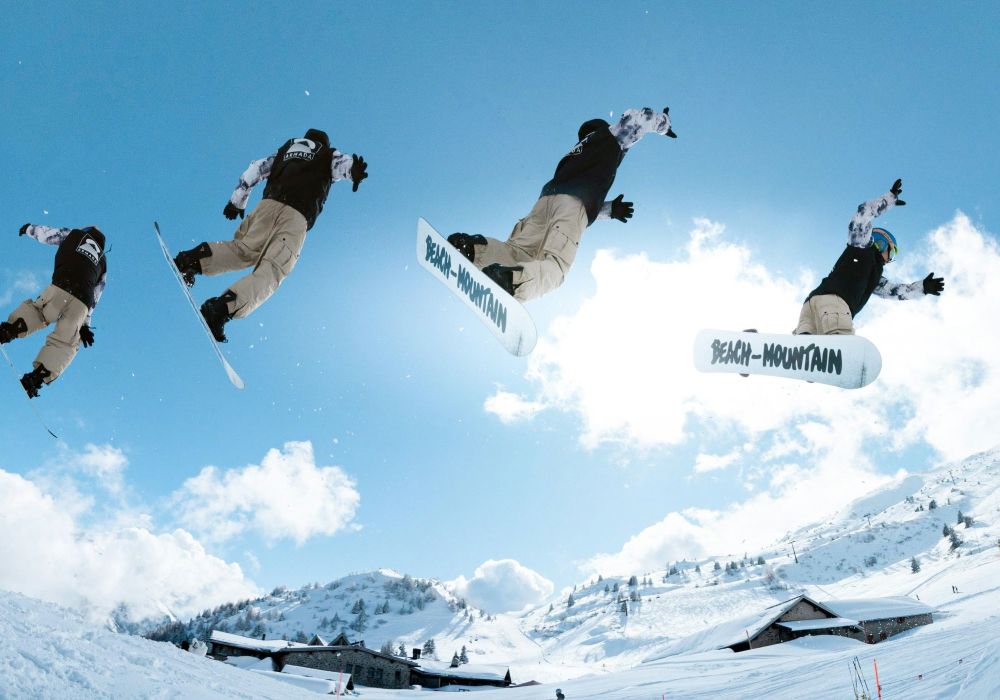
Adding style points
Adding style points to your grabs can make you stand out on the slopes. Little tweaks can make a big difference. Here are some tips to up your style game:
- Tweak the grab: After grabbing the board, try tweaking it by pulling it towards or away from you. This adds a stylish flair.
- Add a spin: Combine your grabs with a 180- or 360-degree spin to make your tricks more complex and visually appealing.
- Extend your legs: Fully extending your legs while holding the grab can make the trick look more dramatic.
- Hold the grab longer: The longer you hold the grab, the more impressive it looks. Aim for a few extra seconds of airtime.
To summarize these tips:
| Tip | Description |
|---|---|
| Tweak the grab | Pull the board towards or away from you after grabbing it. |
| Add a spin | Combine grabs with spins like 180s or 360s. |
| Extend your legs | Fully extend your legs while holding the grab. |
| Hold the grab longer | Hold the grab for a few more seconds. |
Incorporating these style points will not only make your tricks more exciting but also impress everyone watching.
Jumps and rails
Snowboarding tricks can take your skills to the next level this season. Mastering jumps and rails will impress your friends and boost your confidence on the slopes. These tricks will add excitement to your snowboarding adventures.
Basic jump techniques
Basic jump techniques are essential for any snowboarder. Learning these will help you safely control your board in the air and land. Here are some key tips:
- Ollie: This is the foundation of all jumps. Bend your knees, lift the front of the board, and then pop off the tail.
- Nollie: It's like an ollie, but you pop off the nose of the board. Bend your front knee and snap the tail up.
- Grab: While in the air, grab the board to add style. Common grabs include Indy (rear hand on the toe edge) and Mute (front hand on the toe edge).
- 180 Spin: Rotate your body 180 degrees in the air. This can be done frontside (turning forward) or backside (turning backward).
Practicing these basic jump techniques will build your confidence. Start on small jumps and gradually move to larger ones.
Sliding on rails
Sliding on rails adds a new dimension to your snowboarding skills. It requires balance and precision. Here are some important tips:
- Approach: Ride straight towards the rail. Keep your knees bent and your eyes on the end of the rail.
- Pop onto the Rail: Use an ollie to get onto the rail. Land with the board flat and your weight centred.
- Balance: Keep your knees bent and your body stable. Use your arms to balance if needed.
- Dismount: Pop off the rail at the end. Land smoothly with your knees bent to absorb the impact.
Practice on different types of rails, like flat bars and kinked rails. Each type offers unique challenges and helps improve your skills.
Here is a quick comparison of common rails:
| Type of rail | Difficulty | Description |
|---|---|---|
| Flat bar | Easy | A straight rail, good for beginners. |
| Round rail | Medium | Requires more balance, as it is round. |
| Kinked rail | Hard | Has bends and angles, challenging for advanced riders. |
Sliding on rails takes practice. Start with easier rails and progress to more difficult ones as your skills improve.
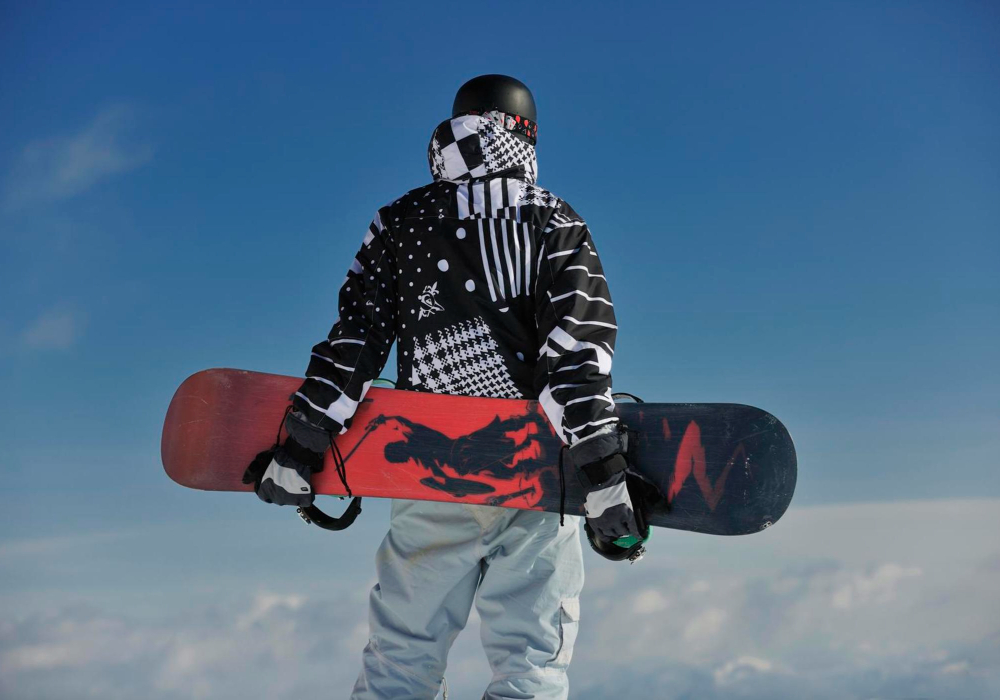
Safety tips
Snowboarding Tricks You Can Master This Season are exciting and challenging. To enjoy them safely, follow these essential safety tips. Proper safety measures help prevent injuries and make your snowboarding experience more fun.
Wearing protective gear
Wearing protective gear is vital for snowboarding safely. It shields you from potential injuries during falls and jumps. Here are the essential protective gear items:
- Helmet: Protects your head from impacts and serious injuries.
- Wrist guards: Prevents wrist fractures and sprains.
- Knee pads: Cushions your knees during falls.
- Elbow pads: Shield your elbows from bruises and fractures.
- Goggles: Protects your eyes from UV rays and snow glare.
- Snowboarding jacket and pants: Keeps you warm and dry.
- Gloves: Protects your hands and provides a better grip.
Investing in quality protective gear enhances your safety and boosts your confidence on the slopes.
Avoiding injuries
Avoiding injuries while snowboarding requires awareness and preparation. Follow these simple steps to stay safe:
- Warm up: Stretch your muscles before hitting the slopes.
- Know your limits: Stick to tricks and slopes that match your skill level.
- Stay hydrated: Drink plenty of water to keep your body functioning well.
- Take breaks: Rest when you feel tired to avoid accidents.
- Use proper technique: Learn and practice the correct way to perform tricks.
- Be aware of your surroundings: Watch out for other snowboarders and obstacles.
Here are additional tips to keep in mind:
- Check weather conditions: Know the weather forecast to avoid harsh conditions.
- Inspect equipment: Ensure your snowboard and gear are in good condition.
- Follow the rules: Adhere to the rules and signs on the slopes.
Following these safety tips reduces the risk of injuries and enhances your snowboarding experience.
Mastering snowboarding tricks this season can elevate your skills and confidence. Practice regularly and stay safe on the slopes. Enjoy the thrill of each new trick you conquer. Share your progress with friends and inspire others to join the adventure.
Happy snowboarding!

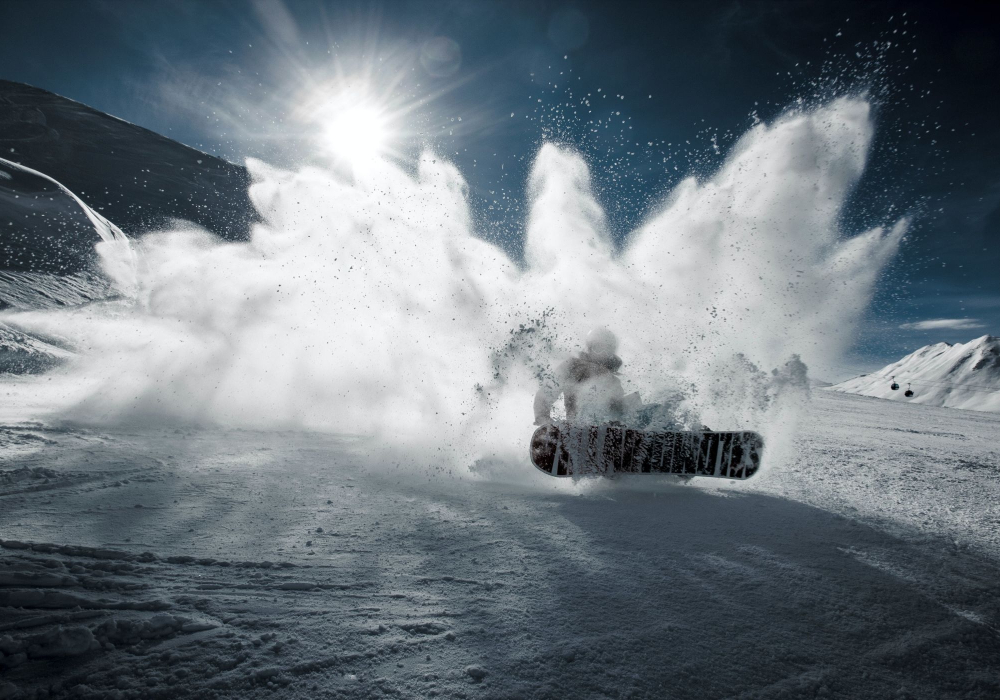

Comments powered by CComment